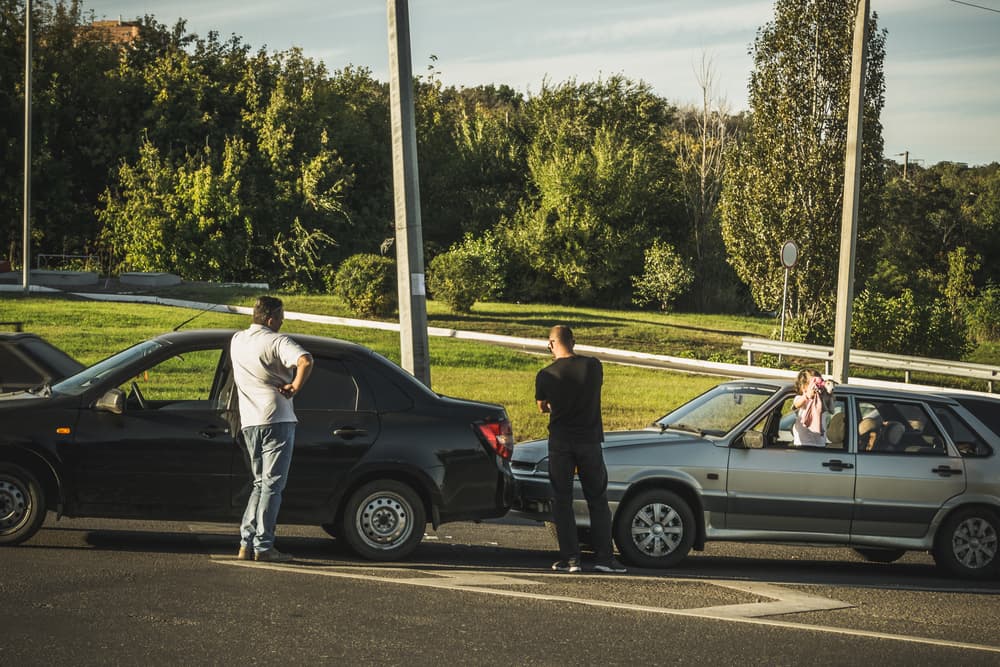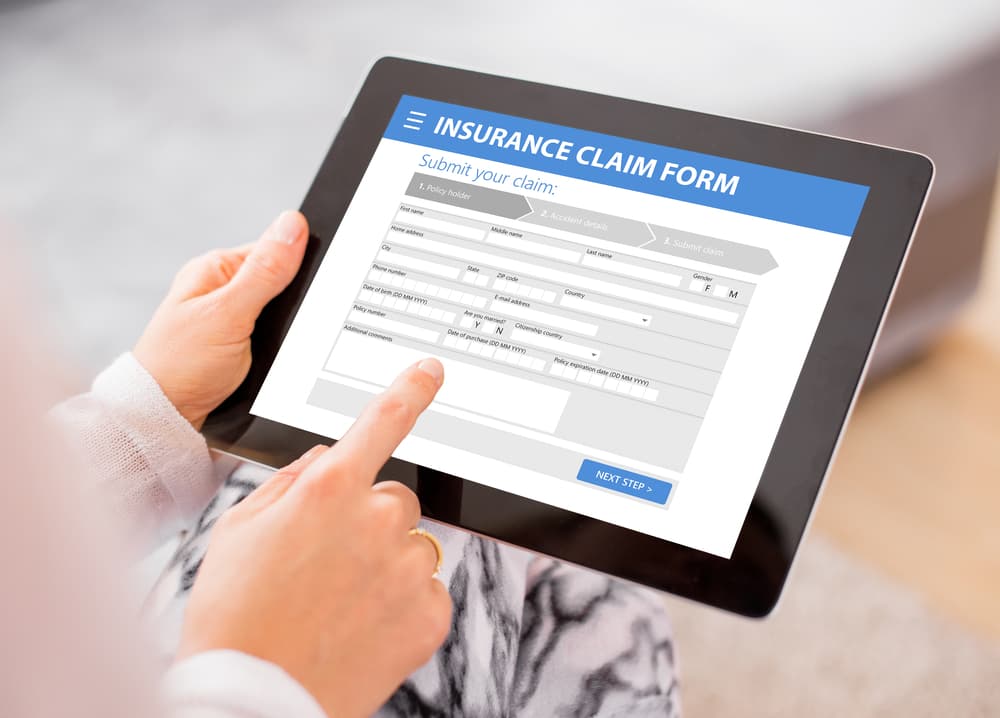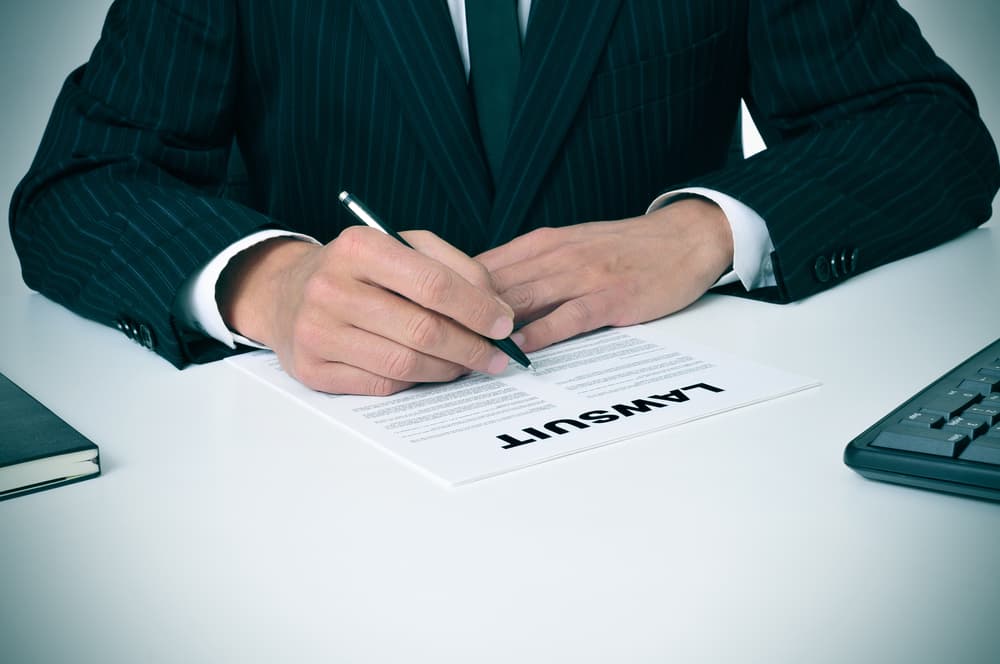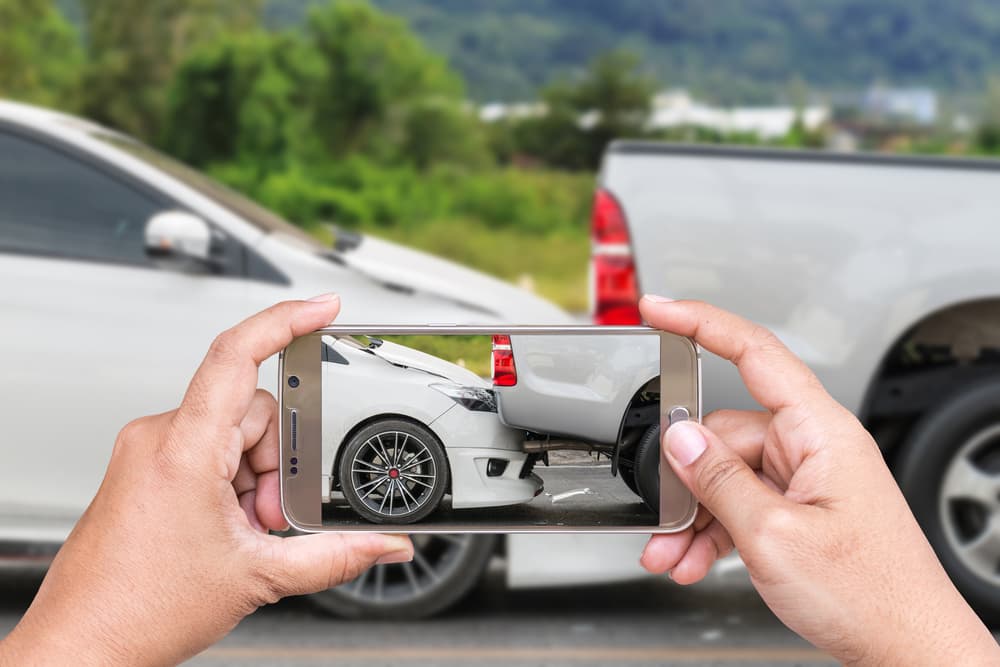You are sitting in traffic, waiting for the lights to go from red to green, when – suddenly – another car strikes yours from behind. You look in your mirror and realize the driver behind you failed to stop in time to avoid a collision with your vehicle.
This type of collision is a common scenario on our roads. Yet, many drivers do not understand what to do when it happens, who is responsible for the accident, and how to obtain compensation for the resulting property damage, medical expenses, and other losses.
The best thing to do in this situation is to seek medical care for any injuries you suffered and then discuss your legal options with a Las Vegas car accident attorney.
Seek Compensation After a Rear-End Collision

If another driver was at fault for your rear-end collision, you have the right to seek from their insurance company. Never forgo this compensation, as it is critical to provide financial support for medical bills, lost income, and other losses.
Generally, there are two options your car accident lawyer can take to seek the compensation you deserve.
1. Filing an Insurance Claim

After a rear-end collision, filing an insurance claim can be the most straightforward path to compensation. However, the process can be more complex than expected, notably if fault is disputed or there are conflicting accounts of the accident.
Understanding whether you live in a fault or no-fault insurance state is the first step in determining your course of action after an accident in which someone’s car hits you from behind. In a fault state, the at-fault driver and their insurer are responsible for paying the damages, while in no-fault states, each driver’s insurance pays for their medical expenses, regardless of who is at fault.
Your car accident attorney should handle all communications and negotiations with insurers.
2. Filing a Lawsuit

In some cases, you may need to file a lawsuit, particularly if insurance settlement offers do not fully compensate you for your losses. Filing a lawsuit is a complicated legal process, so you need an experienced car accident lawyer to handle every step of the process
Each state has a time limit for when a lawsuit must be filed, known as the statute of limitations. You may forfeit your right to seek compensation if you miss this deadline. In Nevada, for example, injured victims can bring legal action against the negligent party within two years of the date of injury.
It can be difficult to know what to do following a rear-end collision. Always discuss your situation with a lawyer in your state to understand your options for compensation and take the appropriate steps toward financial recovery.
Common Causes of Rear-End Accidents
About 1.7 million rear-end collisions occur in the United States annually. These accidents are caused by several factors, including:
- Disobeying traffic signals. Ignoring traffic lights and stop signs can lead to disastrous outcomes. Drivers who proceed when signals dictate they should stop often leave insufficient time for following drivers to react, resulting in a rear-end crash.
- Driver distraction. Distractions come in many forms – text messages, phone calls, kids in the car, or even outside events. When a driver’s attention is diverted from the road, the risk of slamming into a vehicle ahead skyrockets.
- Tailgating. Following too closely behind another car – a practice known as tailgating – significantly reduces the time and distance available to respond to traffic changes. The closer you are, the less time you have to prevent a collision.
- Speeding. Driving over the speed limit is illegal and increases the likelihood of rear-end accidents. Speeding reduces the available reaction time and increases stopping distances.
- Poor judgment. Misjudging the vehicle’s speed in front or the distance between vehicles can lead to miscalculations in braking and, consequently, a collision.
- Slow reaction time. A delayed response to traffic conditions – whether due to distraction, physical impairment, or simple inattentiveness – can mean the difference between a near-miss and a crash.
- Lack of driving experience. Inexperienced drivers might not have the reflexes or the skill set to anticipate and respond effectively to changes on the road. It increases the risk that they might hit another car from behind.
- Improper turns or lane changes. Abrupt or improper lane changes and turns without appropriate signaling can catch trailing drivers off guard, increasing the risk of hitting the vehicle in front.
- Intoxication. Driving under the influence of alcohol or drugs impairs judgment, coordination, and reaction times, making intoxication a dangerous and common cause of rear-end collisions.
Determining what – or, to be more exact, who – caused a rear-end crash is essential for assigning fault and recovering damages after the accident. If you need help with proving fault or investigating the cause of the accident in which you were hit from behind, consider contacting a car accident attorney.
Where Do Rear-End Collisions Occur?
Rear-end collisions are among the most common types of car accidents, accounting for nearly a third of all crashes in the U.S., and they can occur anywhere on the road where vehicles are in proximity to one another. However, certain areas are more prone to these accidents due to the specific driving conditions and behaviors associated with them. Let’s take a look at some places where rear-end collisions often occur:
Stoplights
Drivers are required to come to a complete stop at stoplights. Unfortunately, not all drivers are attentive to the changing lights or the stopped traffic ahead of them. Sometimes, a distraction or a miscalculation of the following distance can lead to a vehicle crashing into the one in front of it.
Parking Lots
Parking lots can be hotspots for rear-end collisions due to vehicles’ constant starting and stopping, frequent reversing, and sometimes unclear right-of-way. Drivers may also become distracted while looking for parking spaces or exiting their parking spots.
Driveways
Home and commercial driveways are also common sites for rear-end collisions, especially when vehicles back onto the road without noticing oncoming traffic or when a following car fails to notice a car stopping to turn into a driveway.
Highways
Although traffic on highways generally moves faster, sudden stops due to congestion, accidents, or roadwork often take trailing drivers by surprise, leading to rear-end collisions. Tailgating at high speeds increases the risk of these accidents, as drivers have less time to react.
In the Middle of the Road
Unexpected events, such as obstacles on the road, sudden stops made by the lead vehicle to avoid a hazard, or erratic driving behavior, can cause a driver to rear-end the vehicle in front of them, even without traffic control devices or intersections.
Fault in an Accident in Which Someone’s Car Hits You From Behind
In any legal matter, there’s a burden of proof that rests on the plaintiff (the injured party). This means it is up to you to demonstrate that the other driver was negligent and that their negligence directly caused the accident and your injuries. After a rear-end collision – or any other type of car crash, for that matter – the injured party must prove negligence by establishing the following four elements:
Duty of Care
In driving, duty of care means that every driver is expected to exercise reasonable caution and attention while on the road to avoid causing harm to others. In a rear-end collision case, proving that a driver has a duty of care is typically straightforward. The real focus then becomes whether that duty of care was breached and the consequences that followed.
Breach of Duty
To prove a breach of duty, you must demonstrate that the other driver failed to act as a reasonably prudent person will in similar circumstances. For a rear-end collision, this is typically simple. The law often assumes that the following driver is at fault because they should have allowed a safe following distance and been attentive enough to stop or swerve when necessary.
Causation
In personal injury law, it is insufficient to show that the other driver breached a duty. This breach must be what caused the accident. It can sometimes be difficult, mainly if there are other contributing factors or if the other driver attempts to shift blame.
Damages
Finally, to establish fault, you must prove damages. It means showing that you have suffered some form of physical, emotional, or financial injury.
Evidence to Prove Fault in a Rear-End Collision

When it comes to establishing fault in a rear-end collision, the evidence must support the sequence of events that leads to identifying the responsible party. Below is a breakdown of the types of evidence that can help prove negligence in an accident where someone’s car hits you from behind:
Dashcam Footage
Dashcams can capture real-time footage of the incident, providing an objective record of each driver’s actions leading up to the collision. This visual evidence is critical in clarifying the following:
- The relative positions of the vehicles
- The actions taken by each driver before the crash
- The point of impact
- The conditions of the road and traffic during the event
In most cases, drivers need a car accident lawyer’s assistance to access the dashcam footage recorded from nearby vehicles.
Police Report
A formal police report is drafted by the responding officer after they assess the accident scene. It usually includes:
- Statements from both parties involved in the collision
- Potential citations for traffic violations
- The officer’s initial assessment of who might be at fault
- Diagrams of the accident scene
Police reports can carry significant weight in insurance and court deliberations due to their impartial and official content.
Eyewitness Statements
Statements from independent witnesses who observed the accident can offer unbiased accounts of the incident. These can corroborate details about:
- The actions of drivers before the collision
- The impact and reactions immediately after
- Any extenuating circumstances, like sudden obstructions or weather conditions
Finding witnesses after you leave the scene is nearly impossible, so you need to speak with those who observed the collision and write down their names and contact information at the scene.
Accident Reconstruction Expert Testimony
Experts in accident reconstruction can analyze the available evidence and provide their reliable opinions on the following:
- The likely cause of the collision
- The physics involved, including speed, trajectory, and force
- Contributions of each driver to the incident
This expert testimony can explain complex scenarios and offer credible scenarios to judges and juries.
Skid Marks
The presence and pattern of skid marks on the road surface can indicate:
- Attempts to brake and avoid a collision
- The speed at which a vehicle was traveling before the attempt to stop
- The direction of travel and potential loss of control before the accident
Such physical evidence must be documented quickly before weather or other vehicles affect its integrity.
Vehicle Damage
The extent and location of damage on both vehicles can provide insight into:
- The angle of impact
- The relative speeds at impact
- The position of each vehicle upon impact
Photographs and expert analysis of the vehicle damage can greatly help in corroborating witness statements and other evidence.
Factors That Can Make It Difficult to Prove the Trailing Driver’s Fault
As mentioned earlier, the general assumption is that the trailing driver may be automatically at fault for an accident in which they hit another car from behind. However, under certain circumstances, a rear-end collision may not result in the trailing driver being at fault:
- Braking issues. If the lead driver’s brake lights do not work or they do not signal a turn or stop, the trailing driver may have a valid argument that they did not have an appropriate warning to avoid the collision.
- Sudden circumstances. An unexpected event where the lead driver has to stop short due to an emergency or to avoid a collision might absolve the trailing driver of fault.
- Reckless driving by the lead. If the lead driver was driving recklessly or under the influence, this behavior may transfer the blame entirely or in part to them.
A car accident lawyer can help you gather the necessary evidence to establish the trailing driver’s fault and work tirelessly to pursue the financial compensation you deserve through all available sources. Seek a free consultation with a Las Vegas personal injury law firm today.
